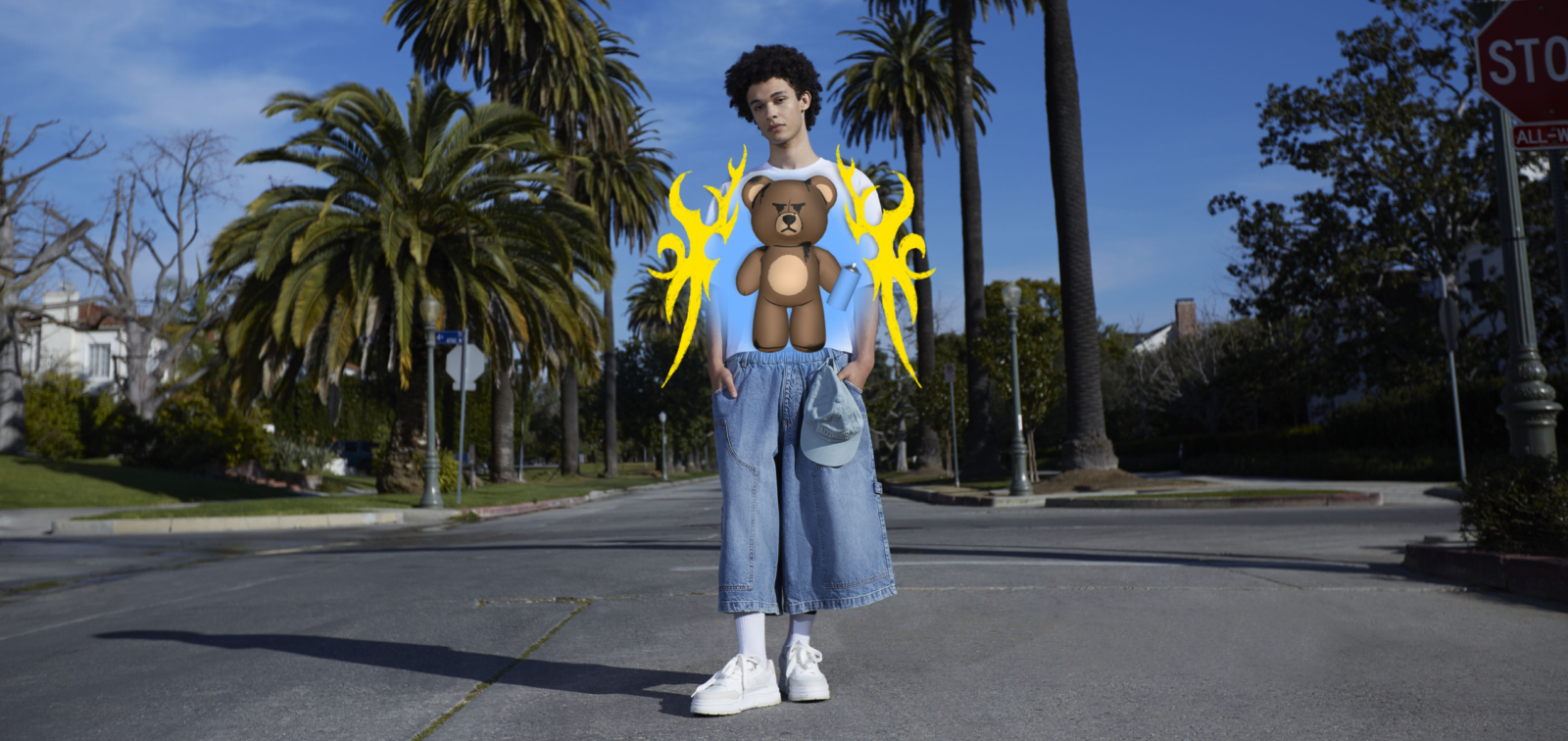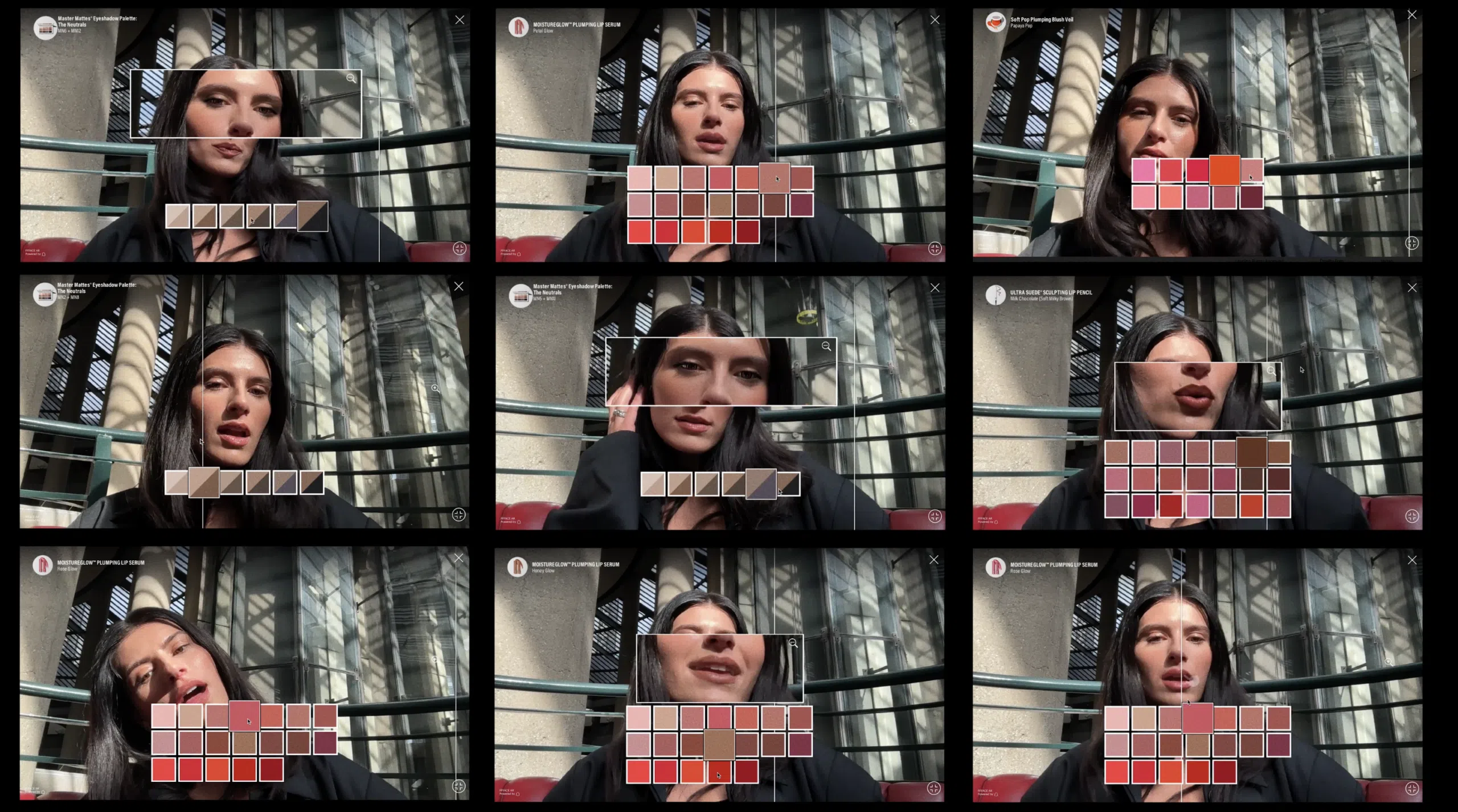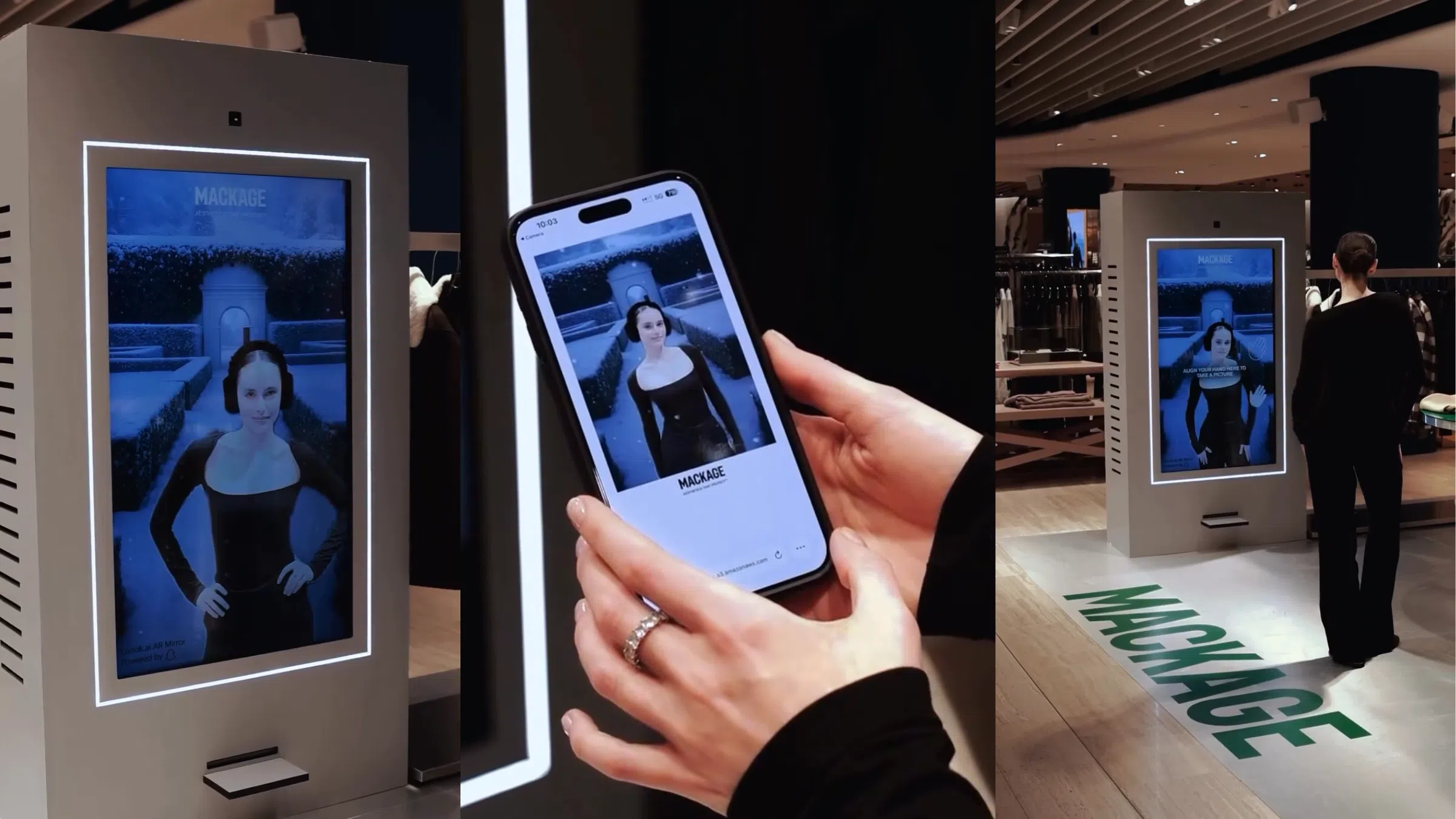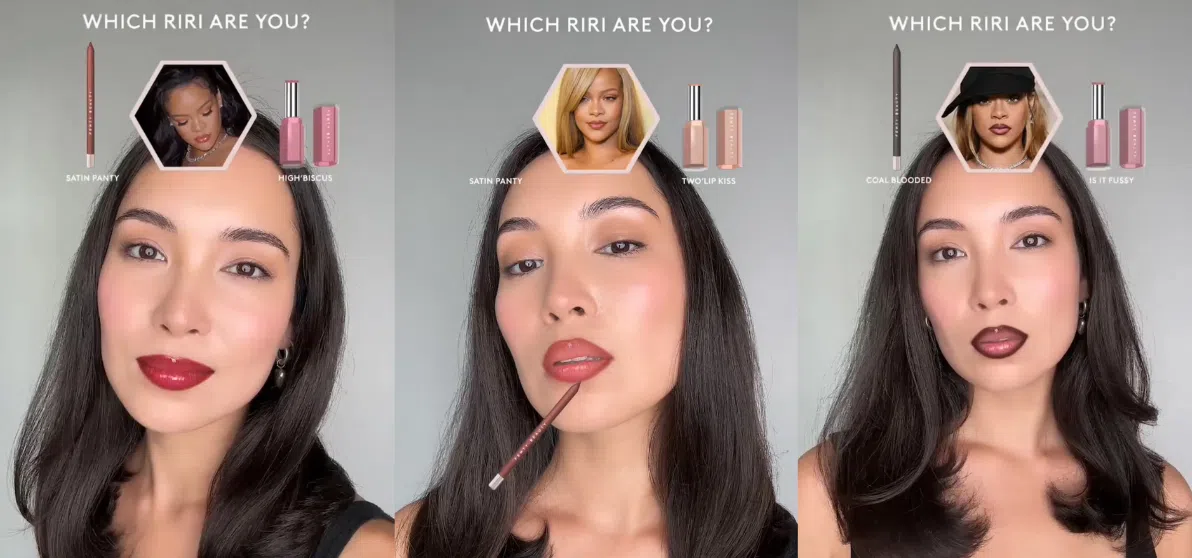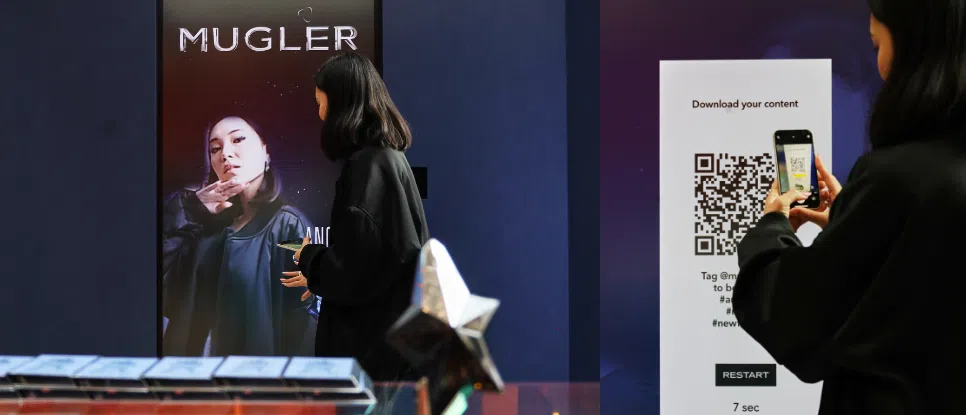Die Zukunft der Fashion Tech: Wie Technologie die Modeindustrie verändert

TL;DR: Fashion Tech
Fashion Tech verändert die Branche in Design, Produktion, Retail und Marketing. Marken setzen KI, AR, 3D-Modellierung, Smart Textiles, NFC-Tags und digitale Mode ein, um personalisierte Erlebnisse zu schaffen, Kosten zu senken und Abfall zu reduzieren. KI und AR führen den Wandel an: virtuelle Anproben, AR-Spiegel und datengestützte Empfehlungen steigern die Conversion und reduzieren Retouren. NFC- und QR-Technologien verbinden physische Produkte mit digitalen Inhalten und ermöglichen phygitale Mode sowie transparente Produktgeschichten. 3D-Modellierung und digitales Sampling beschleunigen die Entwicklung und machen die Produktion nachhaltiger. Digitale Mode und NFTs eröffnen neue Einnahmequellen. Insgesamt wird Fashion Tech zu einem entscheidenden Faktor für Wettbewerbsfähigkeit, Kundenerlebnis und zukünftiges Wachstum.
What Is Fashion Tech?
Fashion Tech bezeichnet die Integration modernster Technologien in die Modebranche – von Design und Produktion bis hin zu Marketing, Retail und Customer Experience. Dieser innovative Bereich nutzt KI, AR, 3D-Animation, 3D-Druck und weitere Technologien, um Prozesse zu optimieren, Kreativität zu erweitern und personalisierte Kundenerlebnisse zu schaffen.
The Rise of Technology Usage in the Fashion Industry
Von Taylor Swifts interaktivem Kleid bei der Eras Tour bis hin zu Alltagsprodukten wird Fashion Tech zum Mainstream. Marken setzen zunehmend Technologien ein, um personalisierte, interaktive Erlebnisse zu schaffen, die das Verbrauchererlebnis im Retail neu definieren.
Die Technologieadoption hat sich stark beschleunigt: Unternehmen nutzen Tools, die Abfall reduzieren, den Designprozess vereinfachen und das Kundenerlebnis verbessern. Bershka brachte eine phygitale Modekollektion mit QR-T-Shirts auf den Markt, die physische Mode mit digitalem Storytelling verbinden. Vogue integrierte NFC-Beauty-Sticker, die Tutorials, exklusive Inhalte und Produktempfehlungen bieten. Die Entwicklung der Modetechnologie war beeindruckend – vom einfachen Nähmaschinenzeitalter bis hin zu heutigen KI-basierten Trendprognosesystemen.

Innovation in der Modetechnologie: Wichtige Durchbrüche
Die Modebranche entwickelt sich rasant weiter – neue Technologien verändern Design, Produktion, Marketing und das Einkaufserlebnis.
Augmented Reality (AR)
AR legt digitale Elemente über reale Umgebungen und schafft immersive Einkaufserlebnisse wie virtuelle Showrooms und Produktvorschauen.
Künstliche Intelligenz (KI)
KI nutzt Machine Learning für Trendprognosen, personalisierte Empfehlungen und automatisierte Designprozesse.
AR-Spiegel
AR-Spiegel ermöglichen virtuelle Anproben im Store, Stylingvorschläge und Content-Erstellung.
Virtuelle Anprobe
Kund:innen können Kleidung digital über Smartphones, Smart Mirrors oder Kameras ausprobieren.
NFC (Near Field Communication)
NFC-Chips in Kleidungsstücken ermöglichen Authentifizierung, Zugang zu digitalem Inhalt und bessere Rückverfolgbarkeit.
3D-Druck
3D-Druck erzeugt Kleidung Schicht für Schicht und ermöglicht komplexe, maßgeschneiderte und nachhaltige Designs.
Intelligente Textilien
Textilien mit integrierter Technologie reagieren auf Umgebungsbedingungen oder verfolgen biometrische Daten.
Digitale Mode
Mode, die ausschließlich digital existiert – für Social Media, Gaming oder virtuelle Welten.
Blockchain & NFTs
Sichern digitales Eigentum, gewährleisten Transparenz und unterstützen Sammlerstücke und Wiederverkauf.
On-Demand-Produktion
Kleidung wird erst nach Bestellung produziert, was Abfall reduziert und Personalisierung ermöglicht.
Phygitale Mode: Wo Physisches und Digitales verschmelzen
Phygitale Mode verbindet physische Kleidungsstücke mit digitalen Erfahrungen.
Die Bershka-Kollektion mit FFFACE.ME nutzte QR-Codes, die TikTok-AR-Effekte aktivierten – über 64.000 Nutzer-Videos und 10 Mio. Impressionen.
Phygitale Mode ist heute ein zentraler Teil der Selbstexpression und der Markeninteraktion.
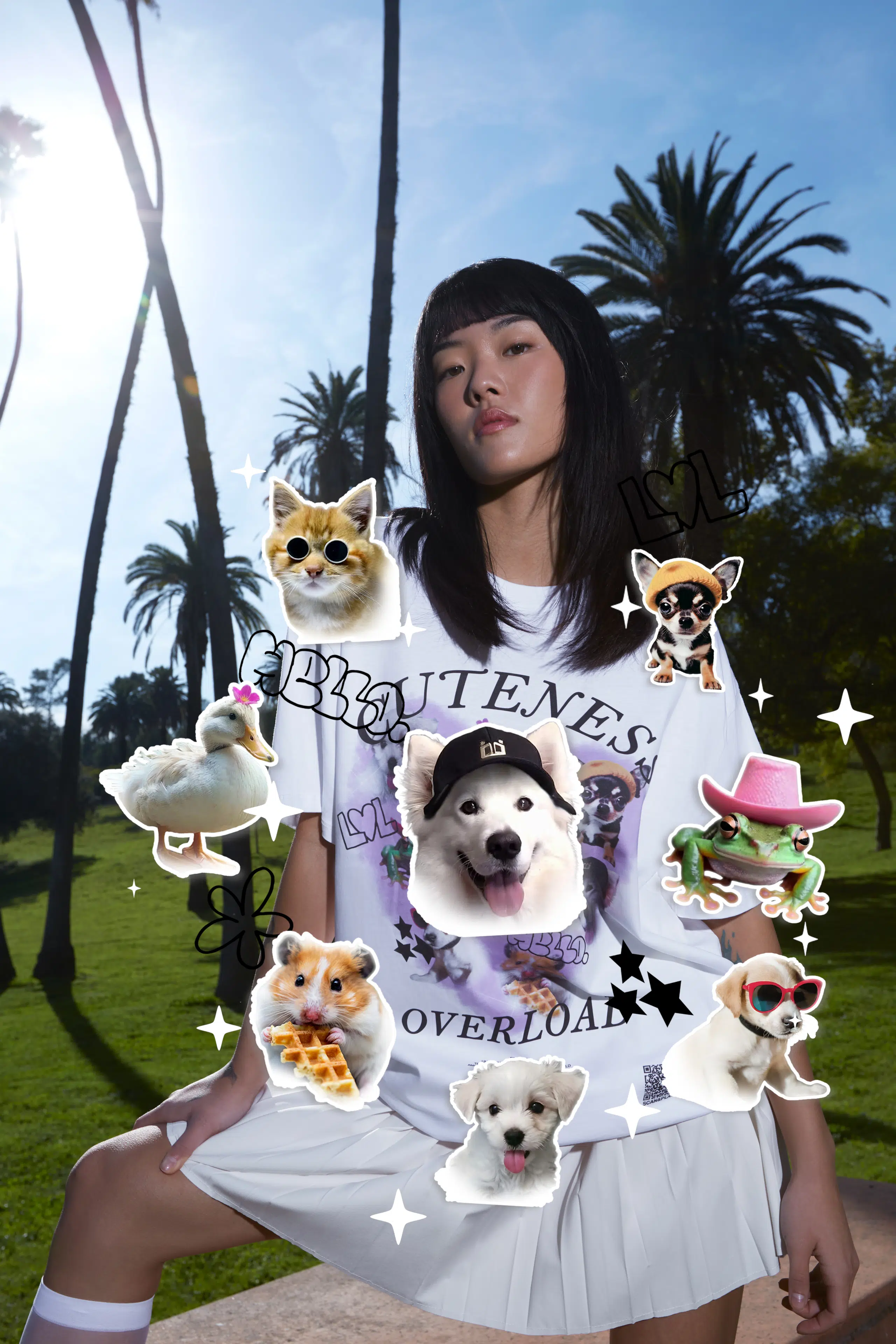
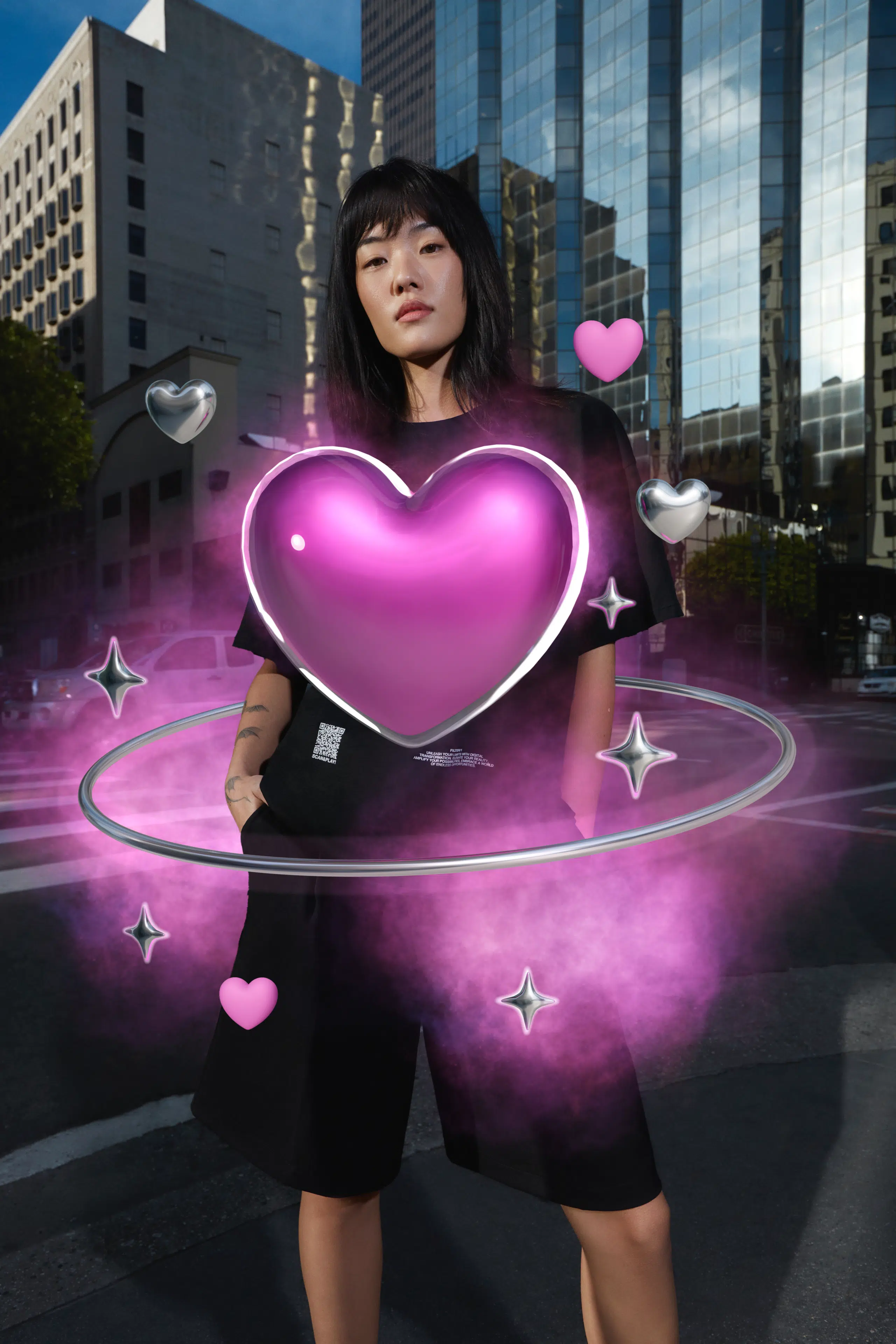
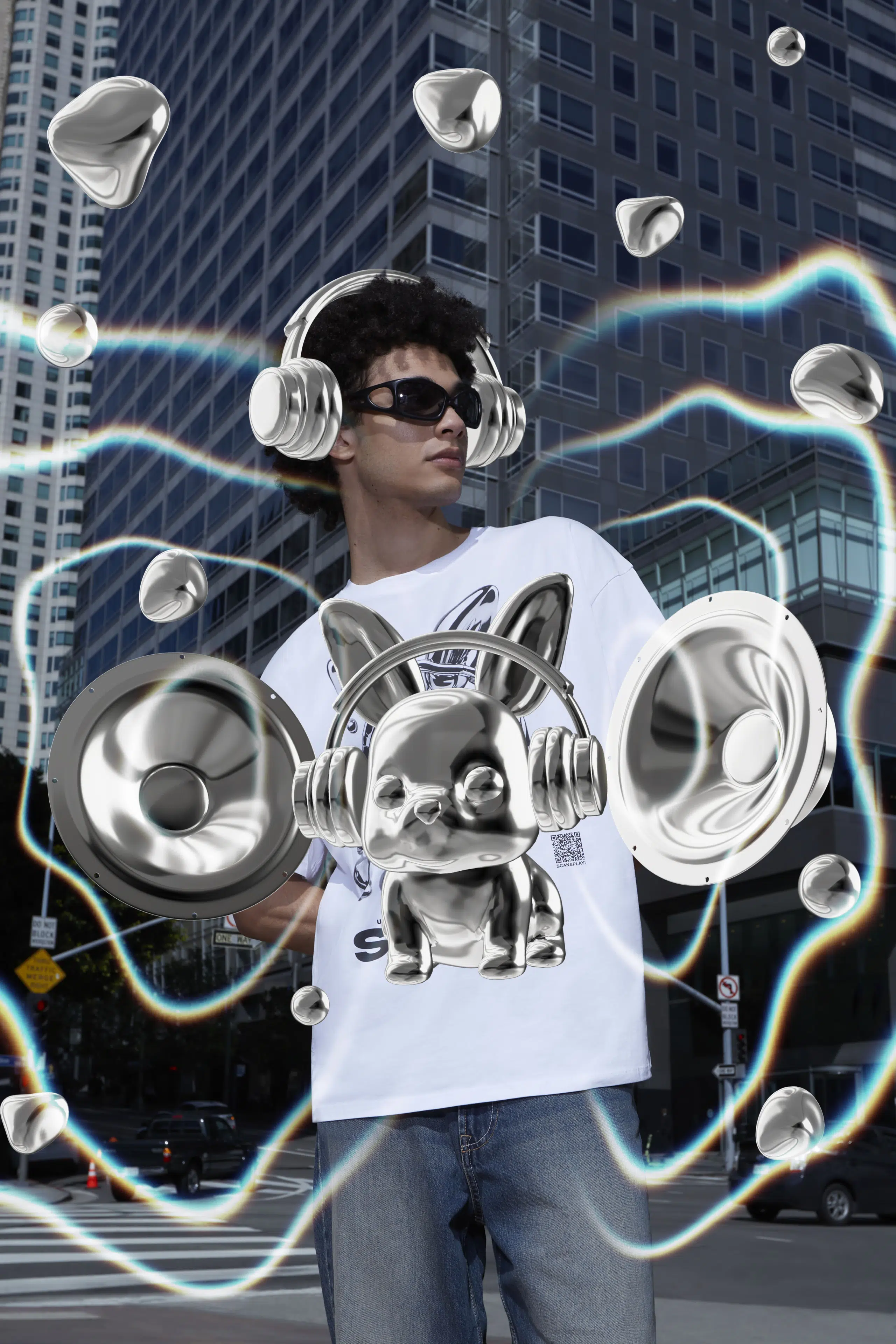
Der Modehandel erhält ein technisches Makeover
Fashion Tech revolutioniert den stationären Handel durch immersive und interaktive Erlebnisse. AR, KI und digitale Tools verändern die Art und Weise, wie Kund:innen einkaufen und mit Marken interagieren.
Ein Beispiel dafür sind die AR Smart Mirrors von loook.ai, mit denen Kund:innen Kleidung virtuell anprobieren können, ohne eine Umkleidekabine zu betreten. Die Spiegel geben außerdem personalisierte Stylingempfehlungen, steigern das Engagement im Store, erhöhen die Besucherzahlen und fördern das Teilen in sozialen Netzwerken.
Wichtigste Vorteile
Höhere Conversion Rates
Bessere Visualisierung von Outfits reduziert Unsicherheit und vermeidet Fehlkäufe.
Weniger Retouren
Genauere Vorschauen zu Passform und Stil führen zu sichereren Kaufentscheidungen.
Wertvolle Insights
Daten zu beliebten Artikeln verbessern Bestandsmanagement und Marketingstrategien.
Darüber hinaus analysieren KI-basierte Tools das Verhalten im Store in Echtzeit und helfen, Produktplatzierungen und Personalplanung zu optimieren.
Die Zukunft des Modehandels
Diese Technologien verwandeln physische Geschäfte in dynamische, personalisierte Erlebniswelten – weit über den klassischen Kaufvorgang hinaus.
NFC-Sticker-Technologie: Die Brücke zwischen physischer und digitaler Mode
NFC-Sticker verändern die Art und Weise, wie Konsument:innen mit Mode interagieren. Die winzigen Chips in Kleidungsstücken oder Accessoires können per Smartphone-Tap ausgelesen werden, um sofort die Echtheit zu bestätigen. Luxusmarken nutzen diese Technologie, um Fälschungen zu bekämpfen, Transparenz zu erhöhen und Vertrauen aufzubauen.
Was NFC-Sticker ermöglichen
Digitale Echtheitszertifikate
Kund:innen erhalten bestätigte Nachweise über die Originalität des Produkts.
Pflegehinweise und Stylingtipps
Marken können leicht zugängliche Informationen zur Pflege und Outfit-Inspirationen bereitstellen.
Digitale Zwillinge, NFTs und exklusive Inhalte
Nutzer:innen erhalten Zugang zu digitalen Ebenen des Produkts, von Sammlerstücken bis zu Behind-the-Scenes-Inhalten.
Eigentumsnachverfolgung für Wiederverkauf und Nachhaltigkeit
NFC erleichtert transparente Rückverfolgbarkeit und unterstützt zirkuläre Mode.
Warum es für Modemarken wichtig ist
NFC-Sticker verbinden physische Mode mit digitalem Mehrwert. Für Marketer schaffen sie immersive Möglichkeiten, indem sie direkt mit AR-Filtern, Kampagnenvisuals und interaktiven Erlebnissen verknüpfen — und Kleidung in sozialen Medien lebendig werden lassen.
Digitale Mode und das Metaverse
Digitale Mode gewinnt rasant an Popularität. Man stelle sich Kleider vor, die nur auf Instagram existieren, oder Sneaker, die speziell für Gaming-Avatare entworfen wurden. Diese virtuellen Kleidungsstücke haben keine physische Form und ermöglichen dennoch einzigartige digitale Selbstexpression. Digitale Mode eröffnet Möglichkeiten zum Experimentieren – ganz ohne die Umweltbelastung der traditionellen Produktion. Konsument:innen können digitale Outfits auf Social Media, in Videoanrufen oder auf Metaverse-Plattformen wie Roblox, ZEPETO oder Decentraland tragen.
Diese digitalen Kleidungsstücke werden häufig über Blockchain authentifiziert und als NFTs verkauft, was Käufer:innen exklusives Eigentum sowie die Möglichkeit zum Handeln oder Weiterverkaufen auf virtuellen Marktplätzen bietet. Einige Kollektionen enthalten AR-Versionen, sodass Nutzer:innen digitale Kleidung über reale Fotos oder Videos legen können.
Designer profitieren von geringeren Produktionskosten, kreativer Freiheit ohne Materialeinschränkungen und einem globalen, digital-affinen Publikum. In Kombination mit NFTs und Blockchain schafft digitale Mode ein dezentrales, nachhaltiges und sammelbares Modeökosystem, das über den Laufsteg hinaus – und in die Cloud – reicht.
Technologie im Modedesign und in der Produktion
Technologie hat das Modedesign revolutioniert. Designer nutzen heute 3D-Modellierung, digitales Skizzieren, KI und 3D-Druck, um effizienter und ressourcenschonender zu arbeiten.
Diese Integration verändert den Weg vom Konzept bis zur Umsetzung. Designer können in virtuellen Umgebungen frei mit Silhouetten, Texturen und Bewegungen experimentieren, Entwicklungszyklen verkürzen und Materialverschwendung reduzieren. Digitale Tools ermöglichen sofortiges Feedback und schnelle Anpassungen – ein Schritt hin zu nachhaltigeren Arbeitsprozessen. Gleichzeitig verbessert Körperscanning die individuelle Passform, steigert die Kundenzufriedenheit und reduziert Retouren. Das Ergebnis ist ein intelligenterer, effizienterer und inklusiverer Designprozess, der sowohl kreativen Visionen als auch Marktbedürfnissen gerecht wird.
Insbesondere der 3D-Druck ermöglicht die schichtweise Herstellung komplexer, maßgeschneiderter Teile, die mit traditionellen Methoden kaum realisierbar wären. Diese Technologie bietet Designer:innen ungeahnte kreative Freiheit, reduziert Stoffabfälle und verkürzt Produktionszeiten. Von experimentellen Laufsteglooks bis zu tragbaren Accessoires ermöglicht 3D-Druck nachhaltigere und effizientere Modeherstellung.
Der Wert von Technologie für Modemarken
Technologie bietet weit mehr als auffällige Gadgets oder kreative Experimente – sie liefert echten, messbaren Wert für Modemarken. Sie optimiert Produktionsprozesse, schafft personalisierte Einkaufserlebnisse, eröffnet wichtige Dateninsights und fördert Nachhaltigkeit. Marken, die Technologie strategisch einsetzen, können Kosten senken, die Markteinführungszeit verkürzen, die Kundenbindung stärken und sich in einem überfüllten Markt differenzieren.
Fashion Tech bietet diese zentralen Vorteile:
Optimierte Abläufe:
Automatisierung und digitale Workflows beschleunigen Design- und Produktionsprozesse.
Personalisierte Customer Journeys:
AR-Anproben, KI-Styling und Fit-Technologie helfen Kund:innen, schneller das perfekte Produkt zu finden.
Stärkere Markenbindung:
Interaktive Technologien wie AR Smart Mirrors und digitale Zwillinge vertiefen das Engagement und die emotionale Verbindung.
Optimierter Bestand:
Predictive Analytics und On-Demand-Produktion reduzieren Überbestände und Preisabschläge.
Transparente Produktgeschichten:
NFC-Sticker und QR-Codes vermitteln Herkunfts- und Produktionsdetails.
Neue Umsatzströme:
Digitale Mode und NFT-Releases ermöglichen Einnahmen jenseits physischer Ware.
Globale Reichweite:
Präsenz im Metaverse und teilbare AR-Filter steigern die Markenbekanntheit.
Praktische Nachhaltigkeit:
Technologiegestützte Circular-Fashion-Modelle fördern Recycling, Upcycling und Secondhand-Märkte.
Durch den Einsatz dieser Technologien sichern sich Modemarken nicht nur ihre zukünftige Relevanz, sondern stärken auch die Beziehung zu einer digital versierten, erlebnisorientierten Kundschaft.
Fazit: Die Fashion-Tech-Revolution annehmen
Fashion Tech ist keine kurzlebige Bewegung, sondern eine grundlegende Transformation. Von NFC-basierter Nachhaltigkeit bis zu digitalen Kleidungsstücken für das Metaverse – Technologie eröffnet nie dagewesene Möglichkeiten. Für Marken und Konsument:innen ist es nicht optional, diese Innovationen anzunehmen – es ist entscheidend für die Zukunft der Mode.




